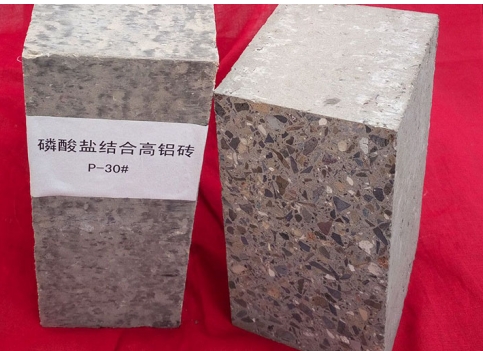- 13
- Dec
What are the factors related to the abrasion resistance of refractory bricks?
What are the factors related to the abrasion resistance of refractory bricks?
The abrasion resistance of refractory bricks depends on the composition and structure of refractory bricks. When the composition of refractory bricks is dense polycrystalline composed of single crystals, its wear resistance mainly depends on the hardness of the material’s mineral crystals. High hardness and high wear resistance. When the mineral crystals are non-isotropic, the material has fine grains and high wear resistance. When the material is composed of multiple phases, its wear resistance is directly related to the bulk density or porosity of the material, as well as the bonding strength between components. Therefore, the abrasion resistance of a refractory brick is proportional to its room temperature compressive strength, and sintered refractory bricks have better abrasion resistance. The composition, structure, temperature, etc. of the refractory brick will affect its wear resistance, making the refractory brick more excellent in wear resistance!
The abrasion resistance of refractory bricks is also related to temperature. For example, in the temperature range below 900°C, it is generally believed that refractory bricks have a certain degree of wear resistance (such as below 900°C). It can be considered that as the temperature increases, the wear resistance decreases as the elastic modulus of refractory bricks increases. When the temperature increases and reaches the maximum value of the elastic modulus, the wear resistance increases with the decrease of the elastic modulus. For example, the abrasion resistance of clay bricks at 1200~1350℃ is even better than that at room temperature. When the temperature further rises above 1400°C, the viscosity of the liquid in the refractory product drops sharply, and the wear resistance decreases. Some, such as refractory bricks, will increase as the temperature rises.

